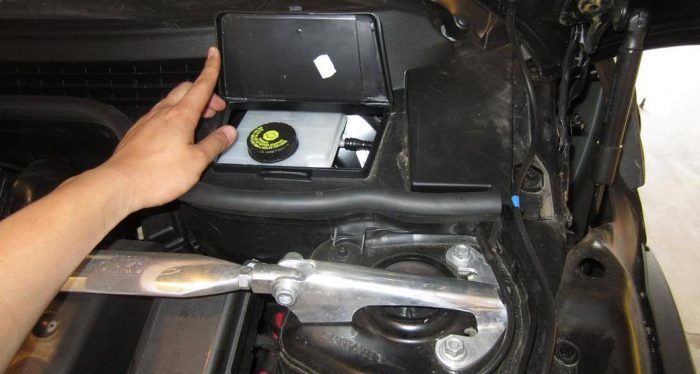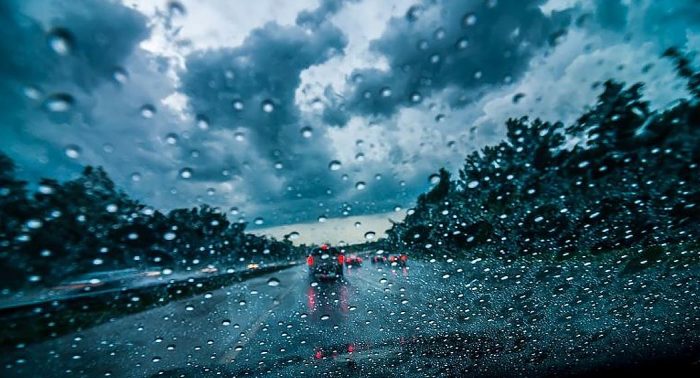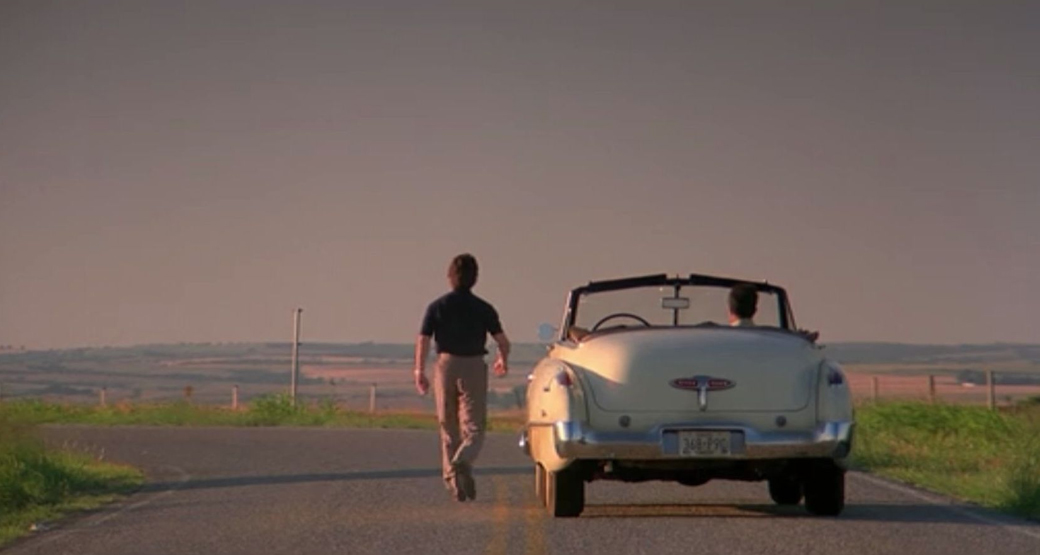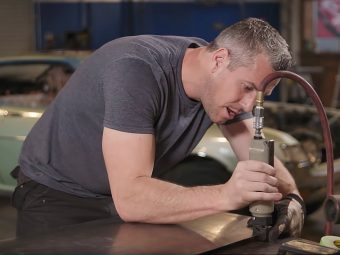There are many variables you need to consider if you’re planning to store your car for more than a couple of weeks when you go on vacation.
One of the most important things to think about is the weather. Are you storing your vehicle through the hot summer months or the cold winter ones? Is the humidity high, or is the climate dry and arid? Is your garage in an area that’s prone to flooding or other natural disasters?
Here’s what it takes to store your car in different types of weather conditions.
1. Braving the Heat
High temperatures are affecting broad swaths of the country. Even places like the Pacific Northwest that normally experience mild summer weather are seeing temps up into the hundreds and heat indexes even higher than that. Storing your car in these extreme conditions can be a challenge because garages and other climate-controlled locales can get even hotter than the exterior.

Start by choosing a place to store your car that is out of direct sunlight. Deep-clean the interior and exterior, taking special care to remove any food or drink or other items that could spoil or leak. That tube of lip balm in the glove compartment will turn into a puddle in no time.
Check your fluids and top them off wherever necessary. Put your battery on a tender or, if you have an older vehicle that doesn’t require constant power to maintain the engine control module (ECM), remove the battery and put it in a climate-controlled location.
If the heat is dry, crack the windows to allow airflow. If it’s humid, keeping the windows closed will be your best option to prevent humidity from collecting inside the cabin and damaging the upholstery.
2. Beating the Chill

Cold weather can be just as detrimental to cars as extreme heat. Many of the steps are the same. You’ll want to deep-clean the interior and exterior of your vehicle. Remove any liquids that might freeze — especially anything carbonated or water-based that might explode. Top off your fluids, trickle-charge or remove the battery, and keep the car indoors or out of the weather.
One big difference is that if you drive your car during the winter before putting it into storage, you’ll want to carefully clean the underside first. Salt and deicing chemicals might keep you from slipping and sliding on the road, but they can also damage your undercarriage if left for long periods.
You’ll also want to be sure your garage door does not freeze shut in extreme conditions. You can install a heater to combat this.
3. Staying Dry
Humidity doesn’t just make hot temperatures seem higher. It can also be incredibly dangerous for your stored vehicle. Humid air carries moisture, and if that collects in or on your car while it’s in storage, it can cause rust on the exterior or mold and mildew growth on the interior.

If you’re storing your favorite vehicle in a place prone to moisture, invest in a good dehumidifier or strategically place some desiccant packs inside before you close it up for the last time. Check these packs once a month or so to ensure they aren’t getting soggy or in need of replacement, though most commercially available versions can last for up to three years.
4. Surviving the Desert

Excessively dry climates can be just as detrimental to your car’s health. Extremely low humidity, such as what you might experience during the winter or in arid desert climates, can cause rubber, vinyl and other similar materials to dry out and crack. Anything exposed to the dry air, from the interior decor to the hoses, belts and gaskets under the hood, are all potentially susceptible to dry rot.
In these climates, opt for a humidifier and sensor that allows you to monitor the ambient humidity in your space. Aim for a temperature of around 70 F and an ambient humidity between 40%-50%.
5. Dealing With Disasters
No matter where you live, there is probably at least one natural disaster common to your area. The West Coast gets earthquakes. The Midwest gets tornadoes. The Southeast gets hurricanes and the Northeast gets blizzards, and that’s not even including wildfires, volcanic eruptions, floods or other potential disasters that might put your stored car at risk.

The most important thing to remember is to be ready for the things that might go wrong. If you live in a flood plain, have bolsters or sandbags prepared to keep water out of your garage. Those in a hurricane zone should be ready to protect their investment from both wind and rain. People in areas prone to wildfires need to be prepared to run at a moment’s notice.
Protect Your Investment

Storing your car for long periods is a great option if you only use it during show season or don’t plan to drive it regularly. Ensure you’re taking all the necessary steps to protect your investment, including making the necessary adjustments depending on what the weather forecaster says.







